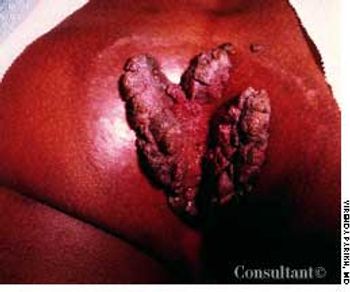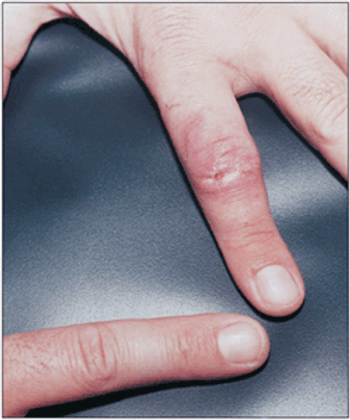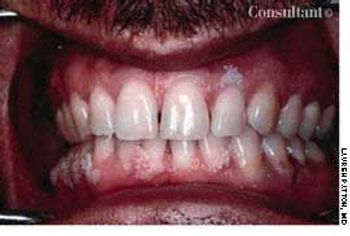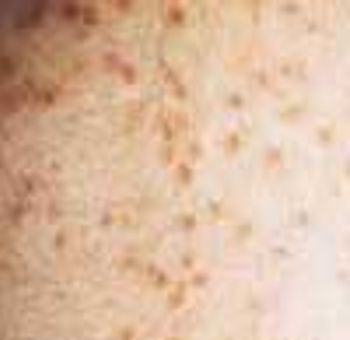
Occasionally, protective splinting with plaster of Paris splints can create problems, particularly in patients with diabetes and loss of protective sensation who are readily susceptible to pressure sores.

Occasionally, protective splinting with plaster of Paris splints can create problems, particularly in patients with diabetes and loss of protective sensation who are readily susceptible to pressure sores.

Infection of the “simple” open fractureof the distal radius is a significant-but fortunately rare-complication ofimmobilizing musculoskeletal injuriesof the upper extremity. Cliniciansoften underestimate the extent towhich this type of fracture can be contaminated,particularly if the patientpresents with a small puncture wounddirectly over the fractured distal radiusthat conceals the degree of contaminationat the fracture site. If openfractures of the distal radius are simplywashed out in the emergency department and temporarily splinted, overwhelming sepsis fromclostridial myonecrosis may develop, leading to amputation.

24-year-old woman had experienced perianal itching and a small amount of rectal bleeding for 6 months. She also complained of a perianal protrusion.

One week after redness and swelling arose on the left second finger, a 33-year-old man sought medical evaluation. He reported some tenderness and difficulty in flexing the digit but could not recall injuring the finger. The medical history included treatment of seborrheic dermatitis and acne.

Seen here are asymptomatic papillary growths on the gingiva of a 31-year-old homosexual man who is seropositive for HIV. The diagnosis of human papillomavirus (HPV) lesions can be based on appearance and history. Condylomas may also appear flat and smooth or nodular, resembling fibromas. Because cross infection is common, patients who have these lesions-and their partners-are at increased risk for contracting anal and genital condylomas.

A 28-year-old white man presented with a recent-onset rash that involved the upper arms.

A 25-year-old black man was intermittently plagued with a mildly pruritic eruption on his chest and back only.

A 37-year-old black man was referred for dermatologic consultation pertaining to a pending legal proceeding.

An intensely itchy dermatosis developed on the back of a 30-year-old Saudi Arabian renal transplant patient. The patient had never before experienced a similar eruption. He was taking prednisone and azathioprine to prevent transplant organ rejection, as well as amoxicillin for an upper respiratory tract infection.

A 25-year-old man presented with an erythematous, pruritic, scaly, macular rash that had begun behind his ears and spread over his neck, chest, trunk, and upper and lower extremities.

Sudden onset of crampy pain in the left lower abdomen, followed by diarrhea with bright red blood, resulted in hospitalization of an 82-year-old man.